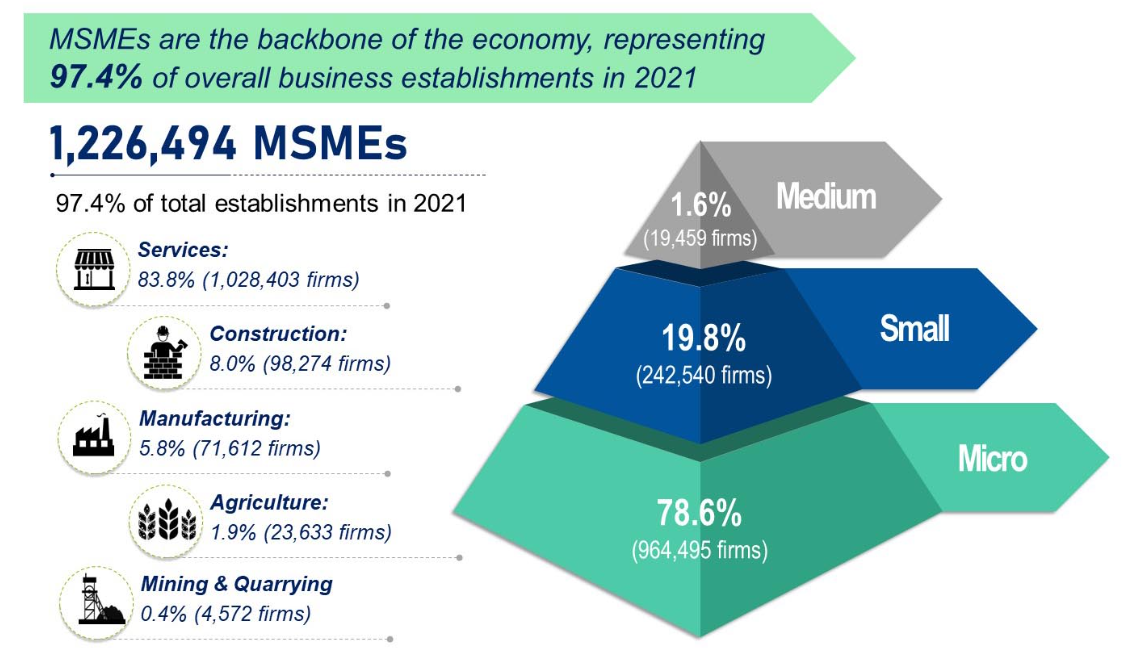1.5 Degrees Celsius. The World Meteorological Organisation (WMO) reported that we are on a path to breaching this key climate threshold set out in the 2015 Paris Agreement (CNN, 2023).
But why should we care? If global temperatures do, in fact increase by 1.5℃ to 2℃ from pre-industrial levels before 2050, we will witness catastrophic and potentially irreversible climate disasters. To prevent this reality, there is a pressing need to galvanize the transition to renewable energy sources. This will have the resounding result of decarbonization, thus minimizing GHG emissions.
Green hydrogen could be one of the world’s renewable energy hopes, keeping climate risks at bay. This three-part series seeks to demystify green hydrogen and answer all your questions on this up and coming energy carrier.
What is the significance of hydrogen?
Hydrogen, discovered by British scientist Robert Boyle in 1671, is the most abundant chemical structure in the universe (S. Griffiths et. al., 2021). It literally means ‘creator of water’ as the element only releases water upon combustion (IRENA, 2020). This factor has made it highly attractive as an alternative source of energy as it does not emit carbon dioxide during its production.
Similar to electricity, pure hydrogen can act as an energy carrier of high density, containing nearly three times as much energy by weight as natural gas, gasoline and diesel (US DOE, 2019).
Throughout history, hydrogen has played a key role in several areas including its use in fuelling the first internal combustion engine, acting as storable fuel for travel to the moon, feeding populations through ammonia fertilizer, and supplying energy to the oil refining industry (IEA, 2019).
However, hydrogen has only really started to contribute to the global energy mix in recent years as production and utilization technologies have improved, and countries all around the world have committed to net-zero carbon emissions by 2050 (Data-Driven EnviroLab & NewClimate Institute, 2020).
As observed in the chart below, the International Energy Agency (IEA) has recorded a stark increase in demand for hydrogen, which has tripled from 1975 to 2018 and continues to rise. In 2021, demand for hydrogen was approximately 94 million tonnes (Mt) (IEA, 2021).
Rise in demand for hydrogen since 1975 (IEA, 2019).
This increase in demand is attributed to a number of factors associated with the production and utilization of hydrogen that makes it a more viable energy source than its competitors.
What is green hydrogen? Is it truly a viable renewable energy option?
To answer this question, we have to demystify the types of hydrogen and their various methods of production.
Most people assume that hydrogen-based fuels and energy sources are non-carbon emitting as they only produce water from combustion. However, as depicted in the graph below, approximately 96% of global hydrogen production is sourced from fossil fuels. This results in nearly 830 million tonnes of CO2 emissions per year, equivalent to the emissions of Indonesia and the United Kingdom combined (IEA, 2019).
Sources of hydrogen generation (Khor Reports adapted from X. Li et. al., 2023).
World renowned energy organizations, such as the International Renewable Energy Agency (IRENA), utilize a color code nomenclature to describe the various methods of producing hydrogen based on its feedstock:
Shades of hydrogen (IRENA, 2020).
Of the four shades, it is evident that green hydrogen is the only realistic pathway to low-carbon emissions throughout the production process. Blue hydrogen does provide for the added fixture of carbon capture and storage at estimated levels of approximately 80-90%. However, in reality, these high levels of capture have yet to be achieved. Turquoise hydrogen results in the solidification of CO2 (carbon black), thus negating emissions, but production is still very much at its pilot stages (Philibert, 2020).
With such potential, industry players and academicians have deemed green hydrogen as a ‘critical part of a sustainable energy future’ and ‘key to decarbonizing hard-to-abate sectors like steel manufacturing, shipping and aviation’ (RMI, 2021).
However, up until 2019, IRENA reported that there has been no significant production of hydrogen from renewable sources, and that it had been limited to demonstration projects. But the status quo is quickly changing.
If this article has piqued your interest in green hydrogen and its potential in facilitating net-zero emissions, stay tuned for our second article where we discuss the driving factors of the recent green hydrogen wave.
This is the first article of a three-part series on the topic of green hydrogen as an alternative source of energy by Khor Reports.
by Nithiyah TAMILWANAN, Segi Enam Intern, 26 June 2023 | LinkedIn
























